Laos, a landlocked gem in Southeast Asia, is a treasure trove of history, culture, and architectural marvels. From ancient temples to war relics and colonial-era landmarks, the country’s historical sites offer a glimpse into its rich and diverse past. Whether you’re a history enthusiast or a curious traveler, Laos’ historical sites provide a unique window into its traditions, spirituality, and resilience. From ancient temples to UNESCO-listed sites, Laos offers rich history to explore. Make your visit even easier with a Laos eVisa, ensuring a smooth arrival as you discover the country's cultural heritage.
1. Luang Prabang: A UNESCO World Heritage City
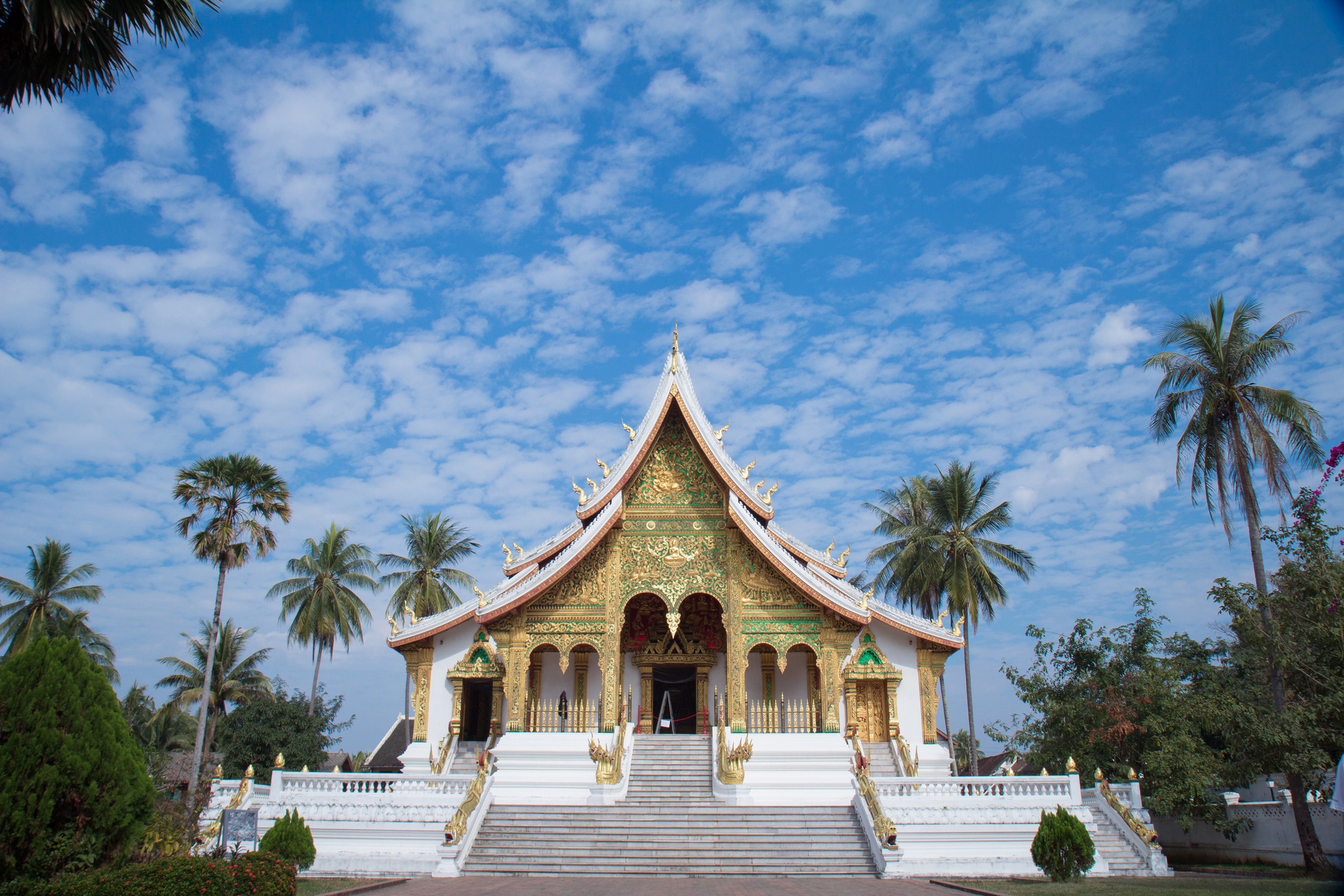
Located in northern Laos, Luang Prabang is a famous UNESCO World Heritage Site, famous for the juxtaposition of traditional Lao and French colonial architecture; this includes the 16th-century Wat Xieng Thong Buddhist temple with its complex gold carvings and mosaics, the Royal Palace Museum with artefacts and the sacred Phra Bang Buddha statue. The city and all temples can also be viewed panoramically from Mount Phousi. Luang Prabang has deep historic significance since it was once the spiritual and political heart of Laos.
2. Vat Phou (Wat Phu)
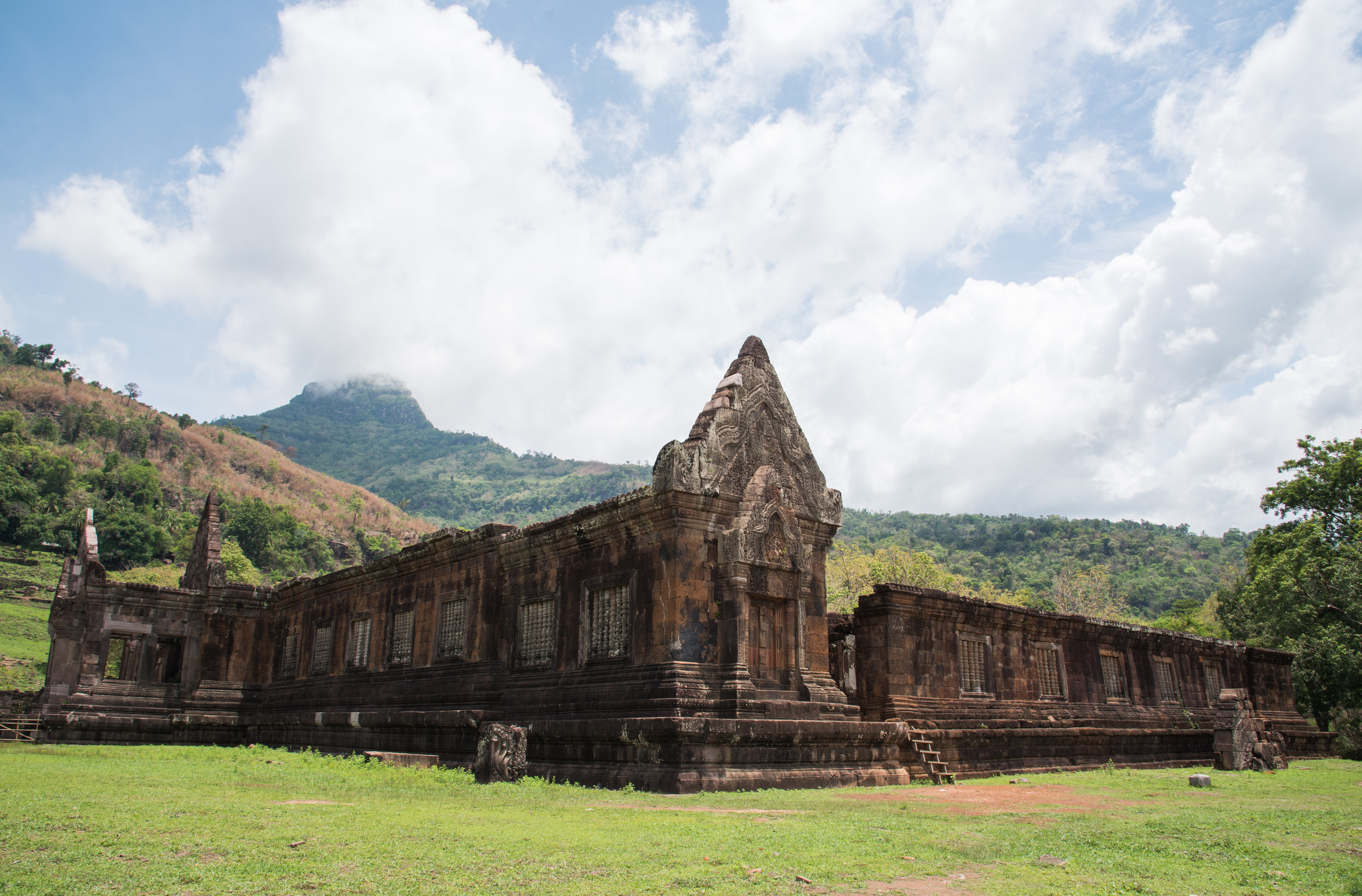
Location: Champasak Province, Southern Laos
Vat Phou, a UNESCO World Heritage Site, is a Khmer Hindu temple complex dating back to the 5th century. It later became a Buddhist site.
Highlights:
– Ancient stone carvings depicting Hindu deities and Buddhist motifs.
– A scenic hillside location overlooking the Mekong River and surrounding plains.
Historical Significance: Older than Cambodia’s Angkor Wat, Vat Phou reflects the early influence of Hinduism in Southeast Asia.
3. Plain of Jars
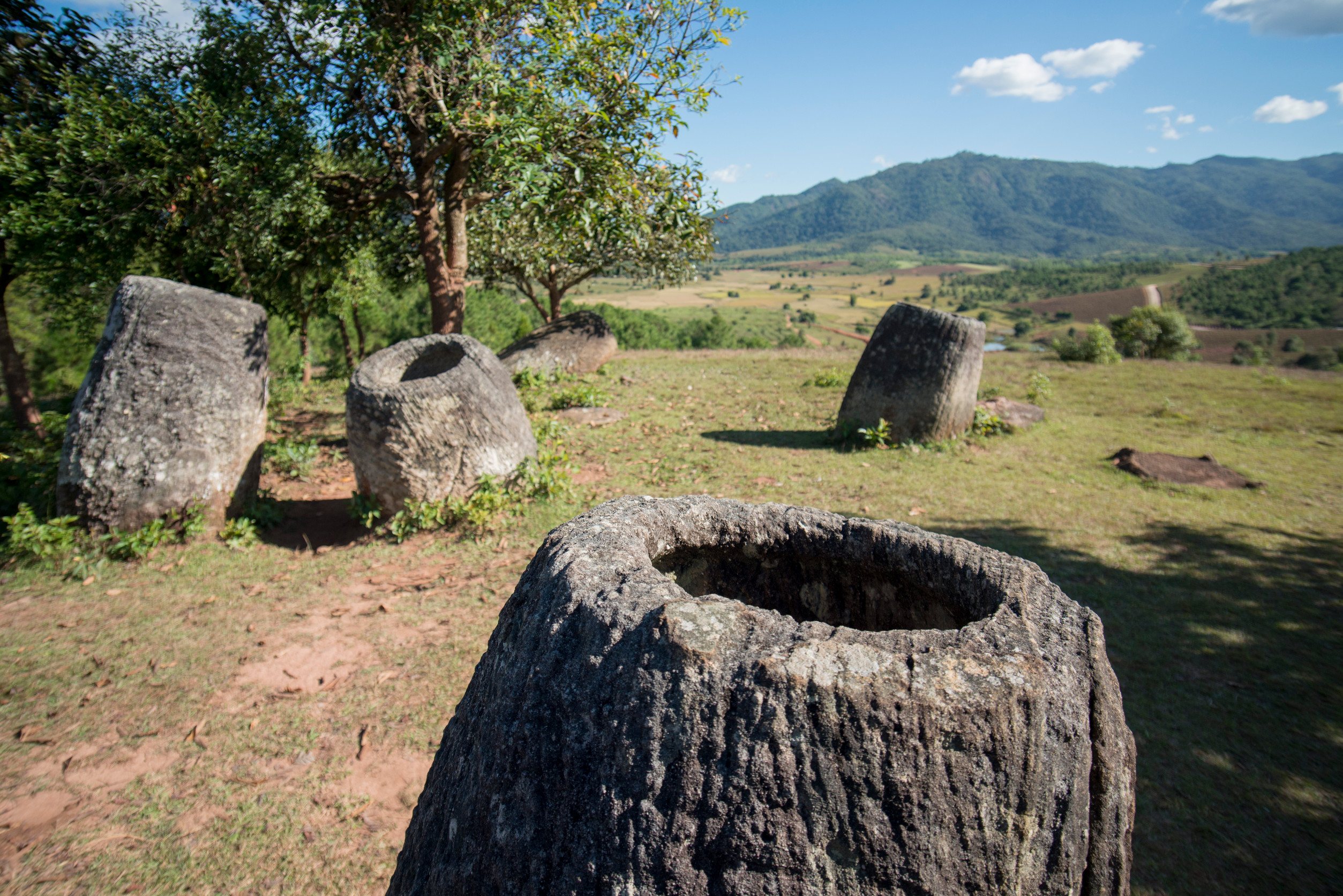
The Plain of Jars is one of Southeast Asia's most enigmatic archaeological sites, where thousands of huge stone jars are scattered across the landscape in the northeastern part of Laos called Xieng Khouang Province. These include Sites 1, 2, and 3, the most accessible and studied areas with the largest jars. Visitor centers have exhibits on the origins of the jars and ongoing research. These jars are estimated to be around 2,000 years old and are presumed to have been used for burial practices or even for storage, further adding historical intrigue.
4. That Luang (Pha That Luang)
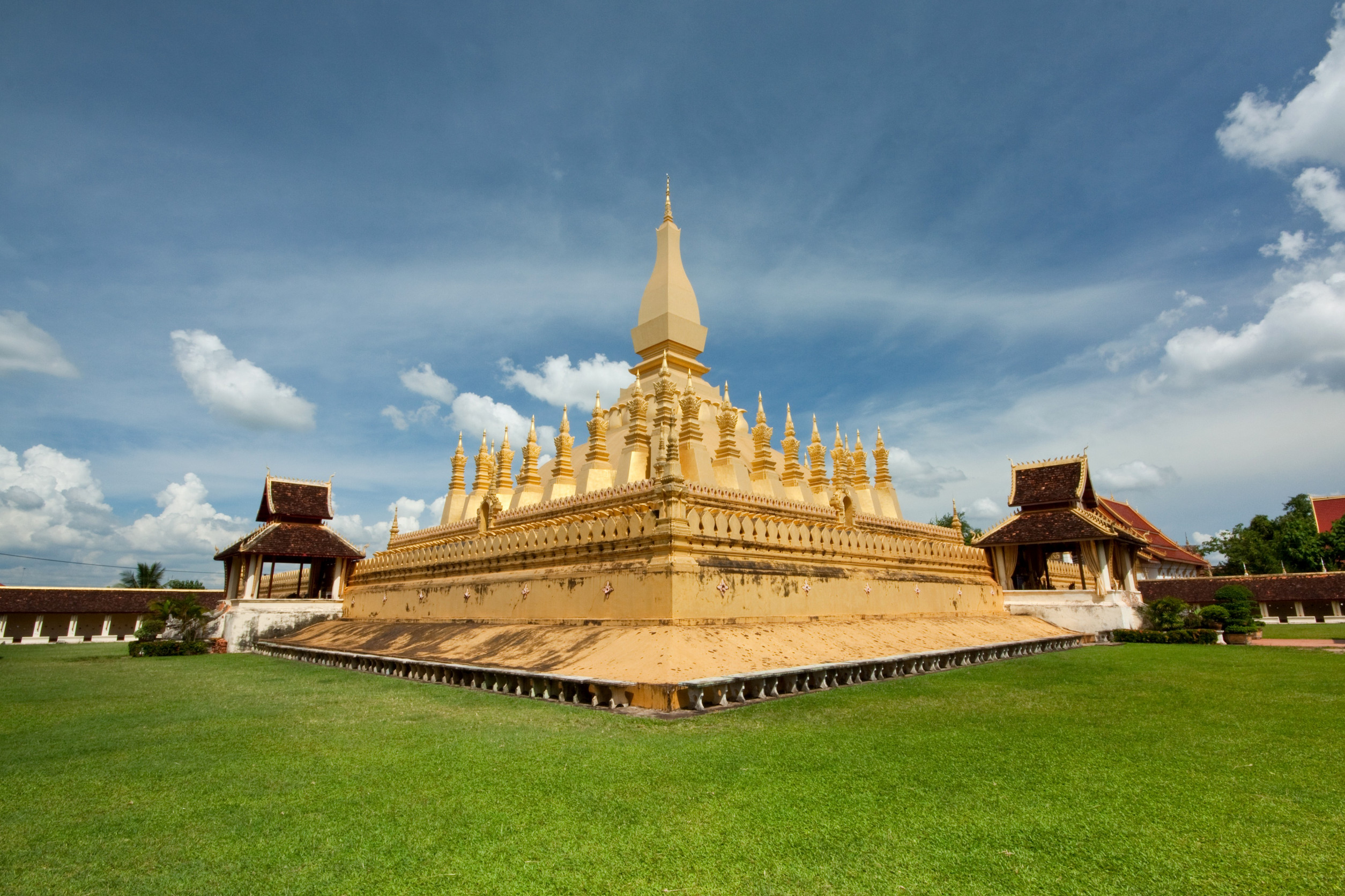
Located in Vientiane, That Luang (the Great Stupa) is a golden Buddhist monument and a powerful symbol of Lao sovereignty and spirituality. Its central stupa, covered in gold leaf, represents the Buddhist cosmos, while annual celebrations during the That Luang Festival draw pilgrims from across Laos. Built in the 16th century on the ruins of a Khmer temple, That Luang holds deep historical and cultural significance, embodying the national identity of Laos.
5. COPE Visitor Centre
Location: Vientiane
The COPE Visitor Centre provides insight into the impact of the Vietnam War on Laos and the country’s efforts to recover.
- Highlights:
- Exhibits on unexploded ordnance (UXO) and their effects on local communities.
- Stories of resilience and recovery, including prosthetic-making workshops.
- Historical Significance: Laos is the most heavily bombed country per capita in history due to the Vietnam War. COPE sheds light on this overlooked chapter of history.
6. Wat Si Saket
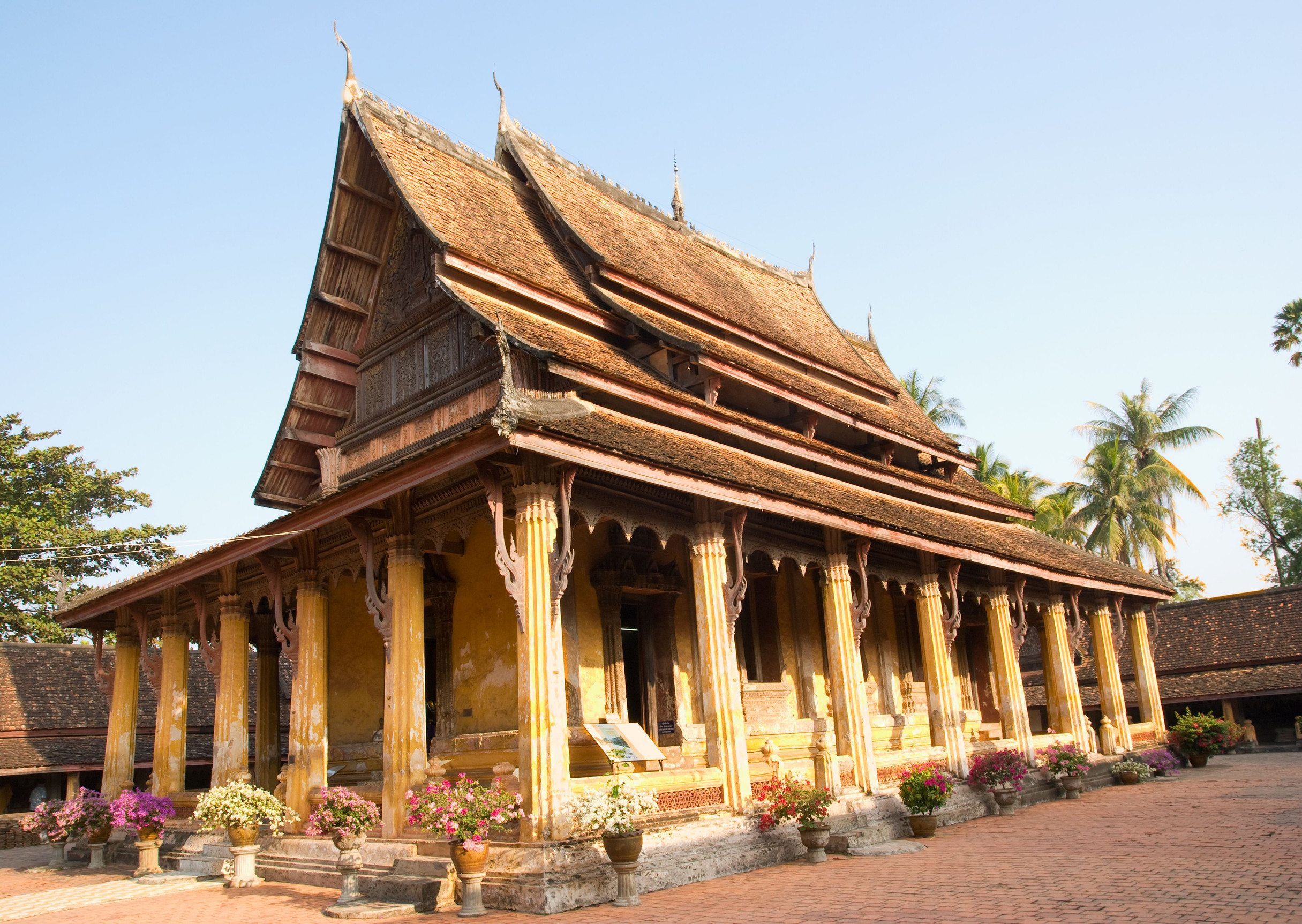
Location: Vientiane
Built in 1818, Wat Si Saket is the oldest surviving temple in Vientiane, known for its unique Siamese-style architecture.
Highlights:
- Over 6,000 Buddha statues housed in niches along the cloister walls.
- A tranquil courtyard surrounded by beautifully preserved frescoes.
Historical Significance: The temple survived the Siamese invasion of 1828 and offers a glimpse into the region’s shared cultural history.
7. Pak Ou Caves
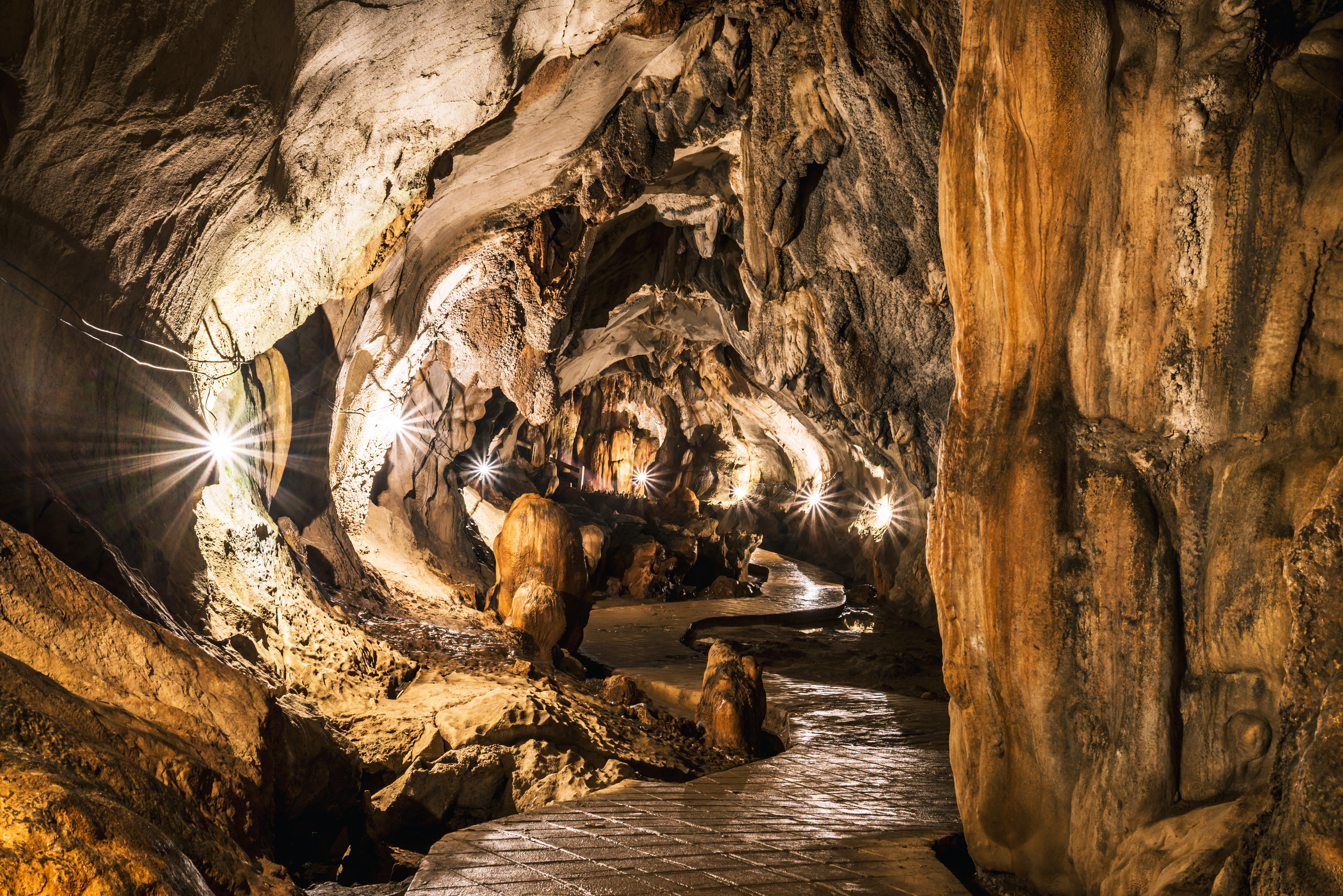
The Pak Ou Caves are located outside Luang Prabang and consist of a pair of limestone caves filled with thousands of Buddha images in various shapes and sizes. Visitors can have a serene cruise along the Mekong River to see Tham Ting, the lower cave, and Tham Theung, the upper cave, full of spiritual objects. These caves have been a place of worship for over a thousand years, representing the deep and enduring faith of the Lao people. The statues vary from simple carvings to very detailed designs, sometimes made of wood or stone, left behind by pilgrims as offerings. The serene atmosphere of the caves is meditative, perfect for reflection and spiritual connection. Visiting the Pak Ou Caves offers a different look into the spiritual traditions and cultural heritage of Laos.
8. The Patuxai Monument
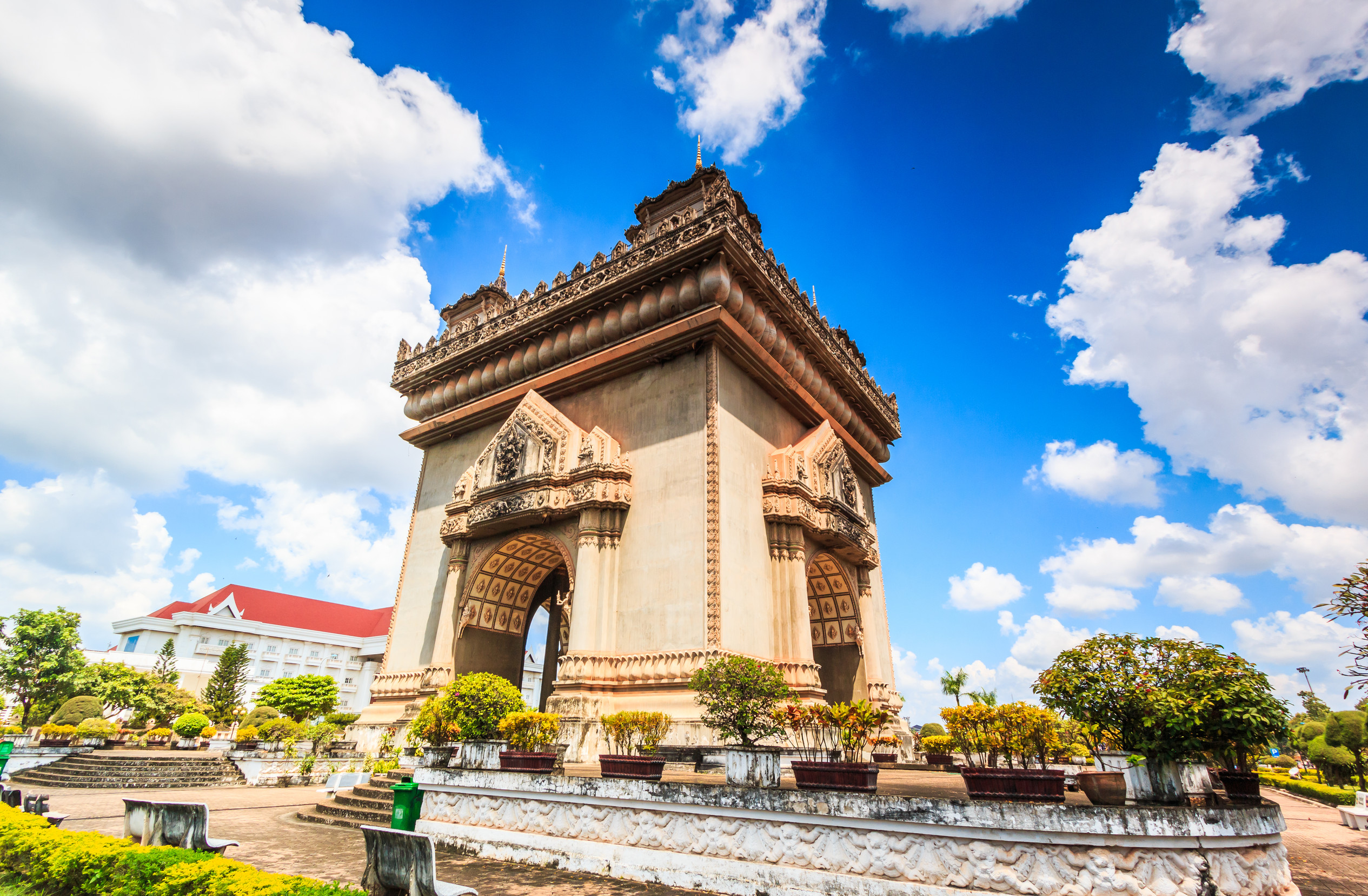
Location: Vientiane
Known as the “Victory Gate,” Patuxai is a war memorial dedicated to those who fought for Laos’ independence from France.
- Highlights:
- An observation deck offering views of Vientiane.
- Intricate Lao motifs and carvings blending traditional and European styles.
- Historical Significance: Built in the 1960s, it symbolizes Laos’ struggle for independence and pride in its culture.
9. Wat Phu Khao Khouay
Location: Bolikhamxay Province
Wat Phu Khao Khouay, or the "Monastery of the Buffalo Horn Mountain," is an ancient Buddhist site surrounded by natural beauty.
- Highlights:
- Ruins of old stupas and monasteries nestled in dense forest.
- Nearby waterfalls and trekking opportunities in the surrounding national park.
- Historical Significance: This site combines cultural heritage with natural preservation, offering a tranquil retreat for visitors.
10. Muang Khoun
Muang Khoun is a historic town and former royal capital of the Phuan Kingdom, located in Xieng Khouang Province. It still bears the scars of war. Its main attractions are the ruined Wat Phia Wat, a Buddhist temple with remains showing its former beauty, and some French colonial buildings that survived the bombings during the Vietnam War. Muang Khoun is the ultimate testimony of the resilience of Lao culture in its ability to retain history and identity across destruction. The quiet streets, historical ruins of the place stand as a mute yet inspiring witness to the legacy that has remained ageless here.
11. Vieng Xai Caves
Location: Houaphanh Province
The Vieng Xai Caves served as a hidden stronghold for the Pathet Lao during the Vietnam War.
- Highlights:
- Explore living quarters, offices, and hospitals built within the caves.
- Guided tours explaining the caves’ strategic role during the war.
- Historical Significance: These caves provide a sobering look at Laos’ modern history and the resilience of its people.
12. Wat Ong Teu
Location: Vientiane
Wat Ong Teu, or the “Temple of the Heavy Buddha,” is a historic site showcasing a massive bronze Buddha statue.
- Highlights:
- A blend of religious significance and architectural elegance.
- Home to one of Laos’ oldest Buddhist training centers.
- Historical Significance: This temple has been a hub for Buddhist teachings since the 16th century.
Weather in Laos
Laos experiences a tropical monsoon climate, characterized by three distinct seasons:
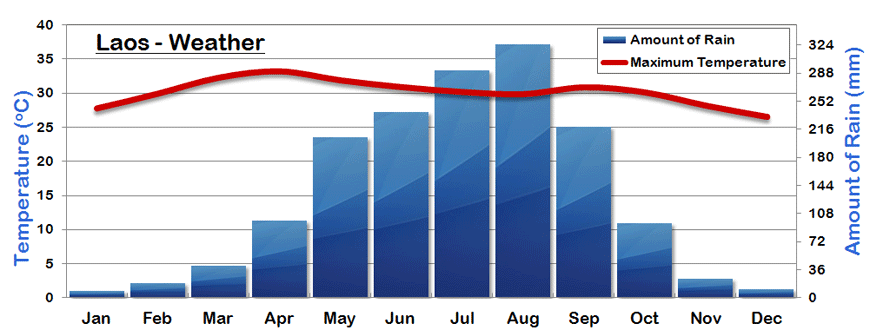
- Hot Season (March to May)
- Temperatures: 30–40°C (86–104°F)
- This is the hottest time of the year, with dry conditions and minimal rainfall.
- Best for: Exploring mountainous regions to escape the heat.
- Rainy Season (May to October)
- Temperatures: 25–35°C (77–95°F)
- Heavy rainfall, especially in August and September, with high humidity.
- Rivers and waterfalls are at their most vibrant, but some rural areas may become inaccessible due to flooding.
- Cool Season (November to February)
- Temperatures: 15–25°C (59–77°F), cooler in mountainous areas.
- Dry and pleasant weather, making it the most popular time for tourists.
- Best for: Sightseeing, trekking, and outdoor activities.
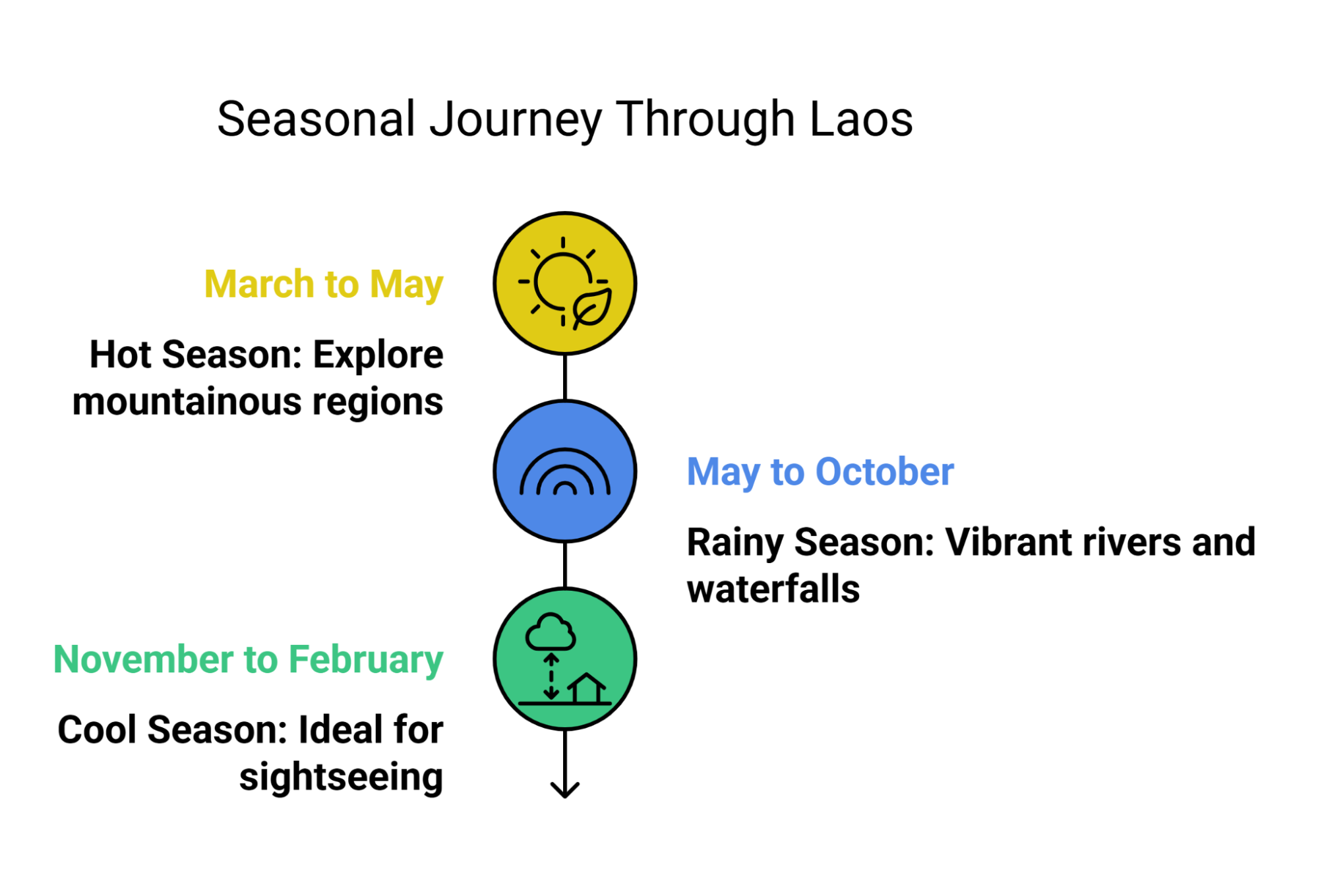
Tips for Travelers
- Clothing: Pack lightweight clothes for the hot season and waterproof gear for the rainy season. Bring warmer layers if visiting in the cool season, especially for mountain regions.
- Best Time to Visit: November to February offers the most comfortable weather and optimal conditions for exploring Laos.
Conclusion
Laos is a haven for history lovers, offering a wealth of sites that tell the story of its ancient kingdoms, colonial past, and modern resilience. From the spiritual heart of Luang Prabang to the mysterious Plain of Jars and the poignant war memorials, every historical site in Laos reveals a unique facet of its rich heritage. Whether you’re seeking cultural insights, architectural wonders, or quiet moments of reflection, Laos’ historical treasures promise an unforgettable journey through time.
Steps To Secure Your eVisa for Laos
-
Step1: Fill out the online eVisa application by providing your passport details.
-
Step2: Make the payment online using a credit / debit card.
-
Step3: Check your email for the payment confirmation and the electronic delivery of your visa.
